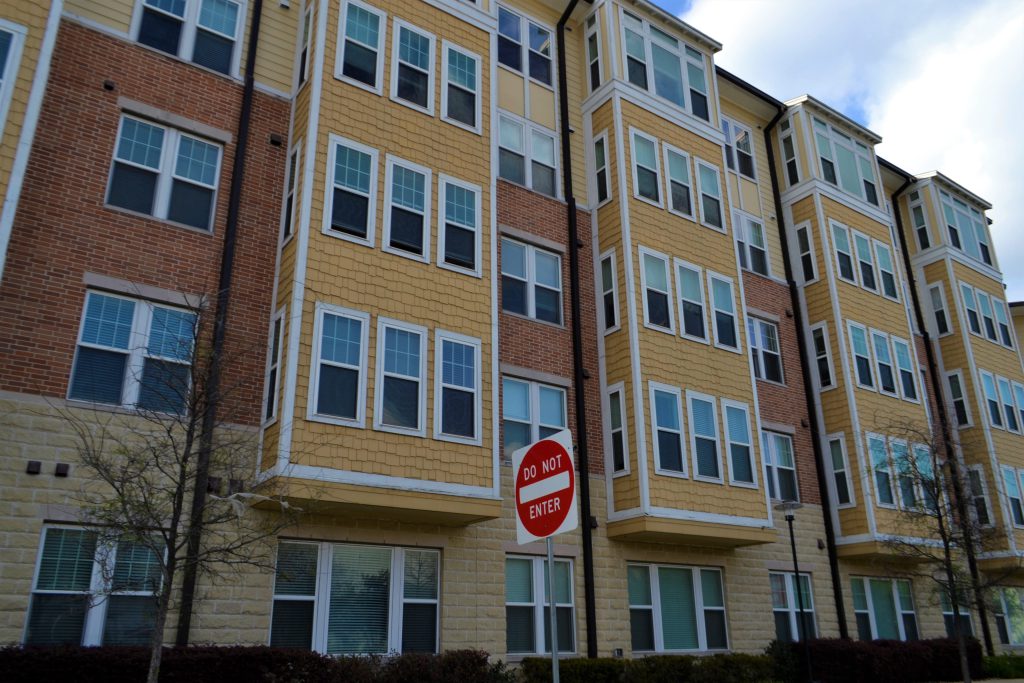The Data & Analytics division of Black Knight, Inc., released its latest Mortgage Monitor Report, As 30-year interest rates hit a record low in recent weeks, Black Knight looked at the impact this has had on refinance incentive, affordability levels, and their broader impact on the mortgage and housing markets.
As Black Knight Data & Analytics President Ben Graboske explained, “Despite eight consecutive years of rising home prices, July’s record-low mortgage rates, which fell below 3% for the first time on July 16, have made purchasing the average-priced home for a median wage earner the most affordable since late 2016. Falling rates and improved affordability have helped to spur home-buying demand, and therefore purchase origination volume, which has provided a much-needed backstop for home prices in the wake of the COVID-19 pandemic.
“As of mid-July, it required 19.8% of the median monthly income to make the mortgage payment on the average-priced home purchase, assuming a 20% down payment and a 30-year mortgage. That was more than 5% below the average of 25% from 1995-2003. This means it currently requires a $1,071 monthly payment to purchase the average-priced home, which is down 6% from the same time last year, despite the average home increasing in value by more than $12,000 during that same time period. In fact, buying power is now up 10% year-over-year, meaning the average home buyer can afford nearly $32,000 more home than they could at the same time last year, while keeping their monthly payment the same.
- While home prices have risen for 97 consecutive months, July’s record-low mortgage rates have made purchasing the average-priced home the most affordable it’s been since 2016
- Buying power for those shopping for a home is up 10% year over year, with home buyers able to afford nearly $32,000 more home than they could have 1 year ago while keeping their monthly payment the same
- Each of the 25 largest markets are seeing their strongest affordability in more than 2 years, with falling 30-year rates elevating buying power for potential homeowners across the country
- Six states – Louisiana, Arkansas, Iowa, West Virginia, Kentucky and Maryland – are seeing their lowest payment-to- income ratios in more than 25 years
- While the fallout from COVID-19 continues to weigh on the broader economy, record-low mortgage rates and improved affordability appear to be providing a backstop for the mortgage and housing markets, with 19 of the 22 major markets analyzed seeing their median price per square foot rise from May to June
What Happened to Rates Last Week?  |
| Mortgage backed securities (FNMA 2.500 MBS) gained +55 basis points (BPS) from last Friday’s close which caused fixed mortgage rates to move to a new all-time record low. Domestic Flavor: Jobs, Jobs, Jobs: Initial Weekly Jobless Claims continue to trend above 1.4M each and every week with 1.434M new filings vs est of 1.450M. Continuing Claims climbed back above the 170 mark with 17.018M vs est of 16.2M. The Talking Fed: The Federal Reserve kept their key Fed Funding Rate at 0.25%. Here are some key points from the statement and Fed Chair Powell’s comments: Powell said ” We are not even thinking about, thinking about when to raise rates” “The path of the economy will depend significantly on the course of the virus” “The ongoing public health crisis will weigh heavily on economic activity, employment, and inflation in the near term, and poses considerable risks to the economic outlook over the medium term” Powell said that the full amount of their emergency lending facility has been under utilized due to the fact that the Fed has stabilized commercial lending and companies have access to credit again under normal channels so the emergency lending via the Fed is not need as much. GDP: The preliminary 2nd QTR GDP showed a contraction of -32.9% which is the worst on record. The consensus estimates were for 34%. The Prices Paid turned deflationary at -2.1% vs est of +1.9%. The Great Recession of 2007-2009 saw GDP fall by -4.3% Personal Income and Outlays: June Personal Incomes dropped by -1.1% which was larger than the consensus estimates of -0.5% and follows a contraction in May of -4.4%. Personal Spending increased by 5.6% vs est of 5.5% Inflation Nation: The Fed’s key interest rate gauge, Personal Consumer Expenditures (PCE) showed no threat of inflation with the headline YOY PCE at 0.8% vs est of 0.5%. Core YOY PCE was only 0.9% vs est of 1.0%. Manufacturing: July Chicago PMI broke back into expansionary territory with a 51.9 vs est 43.9 reading. Consumer Sentiment: The July Final reading was revised to 72.5 vs est of 73.0 What to Watch Out For This Week: |
 The above are the major economic reports that will hit the market this week. They each have the ability to affect the pricing of Mortgage Backed Securities and therefore, interest rates for Government and Conventional mortgages. I will be watching these reports closely for you and let you know if there are any big surprises. It is virtually impossible for you to keep track of what is going on with the economy and other events that can impact the housing and mortgage markets. Just leave it to me, I monitor the live trading of Mortgage Backed Securities which are the only thing government and conventional mortgage rates are based upon. |

